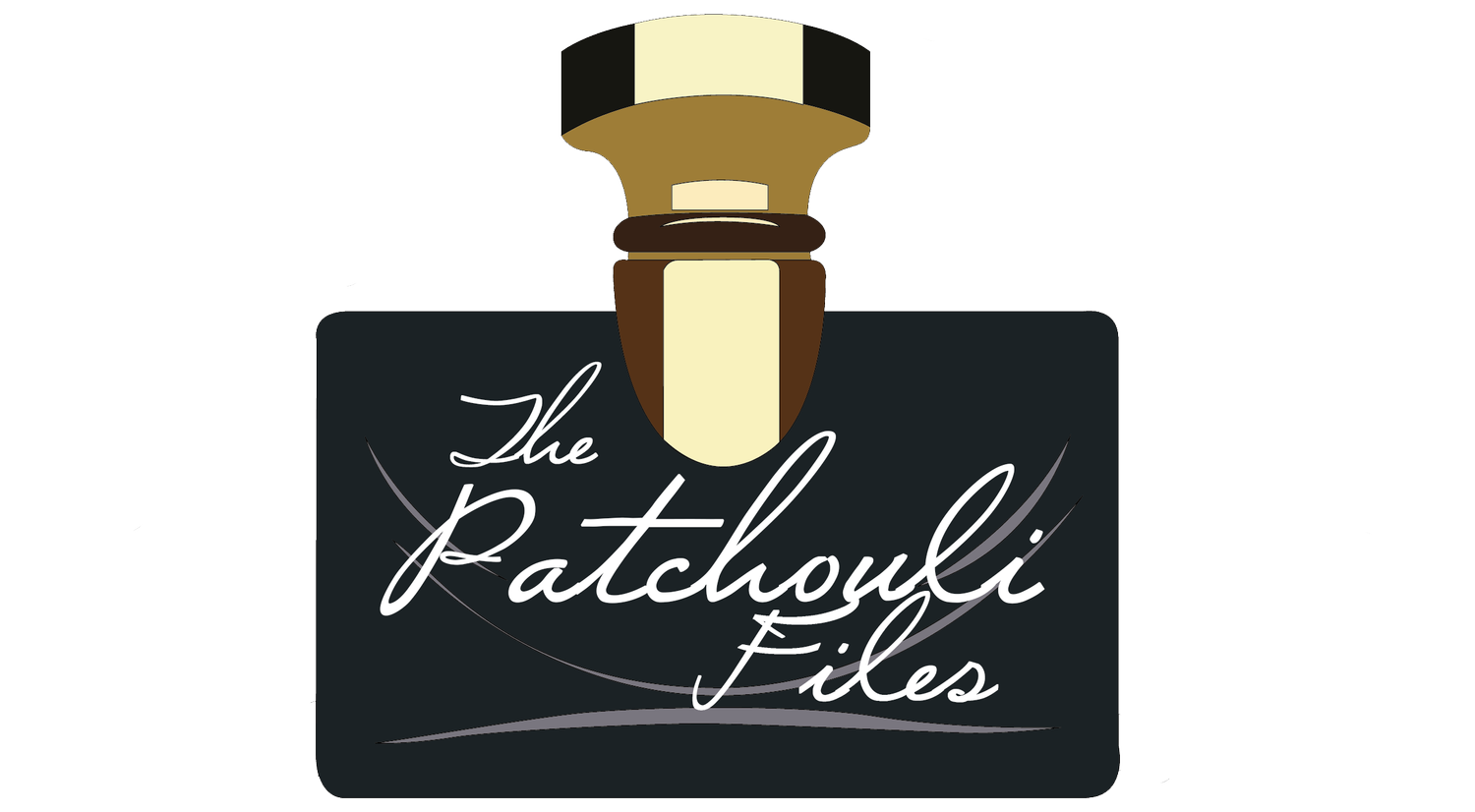Picture dew. Delicate, clear, sparkling, light, ephemeral? Picture youth. Fragile, exuberant, joyful, shining, happy?
Your own descriptions will vary, but I don't think anyone who imagines "Youth Dew" would immediately picture a dark brown, slightly viscous oil that smells of resin. Or do you?
However you define youth, there's no doubt that it can also be described as reactionary and awkward. I don't yet have a handle on what sorts of fragrances were really in fashion in the early 1950s, but I have read suggestions that light fragrances were en vogue, and that Estée Lauder was pushing back against them with Youth Dew. This sort of makes sense, given that other fragrances of the time included White Shoulders (1945) and L'Air du Temps (1948)--but then again, Fracas was launched in 1948 too, and Trésor came along in 1952; neither could exactly be described as shy and retiring.
Well, whatever the reason for the launch, and whyever the reason for the name, Estée Lauder was a bit of a genius: a reviewer at NST remarks that the decision to launch the fragrance as a bath oil drew in "women who expected men to buy perfume for them [but] would feel comfortable buying bath oil for themselves." The fragrance proved popular, and it's been around ever since (and, of course, an EDP came along a little later).
Ahhh, and what a fragrance it is. I actually find it thrilling to write about fragrances like these, the ones that have such a hold on America's scent memories but which are fairly unknown in the UK. I can talk about them without all the baggage that comes from their being Aunt Edna's signature scent or whatever. But it's only fair to note that I do have particular connotations attached to Youth Dew: it's a 4th of July fragrance for me, which (since neither my grandmother nor aunt wears it) probably means it is a favorite of one of our neighbors, who we would sometimes join for fireworks displays and watermelon. They were all older (and very elderly indeed now), but Youth Dew means celebration to me, not age.
I've never been massively fond of wearing the EDP, which is pretty in-your-face, but approaching Youth Dew as a bath product, rather than a perfume, is a revelation. It seems ridiculously priced (roughly £20 for 30ml), but you soon learn that a couple of drops are enough. Poured into hot water, the oil produces a cloud of resin, orange, cinnamon, and cloves, and it's a little deconstructed: the fragrance, even when new, seems a little bit on the turn.
Coming out of the bath, I am head-to-toe enveloped in a spicy powder, which is really pretty and subtle. But the oil has another secret: it can also be worn straight on the skin as a fragrance (very smart, Estée). Doing that, I get all of the same spices as from the bath, but the vanilla also becomes more present, as well as a sort of metallic-smelling rose (where the metallic element is probably just my stupid skin). The fragrance is also stronger when worn straight, of course, and I feel that it's not one that would go unnoticed by anyone within 3 feet of me.
Like so many things in life, Youth Dew polarizes people, and I imagine it's not an easy fragrance for many people to wear, which is why it surprises me that it's remained popular for nearly 60 years. But it has, and I'm so glad it's still in production. A name like "Youth Dew" remains compelling: I'd personally really like to see younger women in the UK becoming more reactionary and railing against the sugar-sweet florals that are marketed to them today. Let Youth Dew come full circle; let the youth embrace complexity.
Youth Dew, Estée Lauder, 1953 Notes: Spicy notes, Bergamot, Peach, Aldehyde, Orange; Clove, Ylang-Ylang, Cinnamon, Rose, Orchid; Amber, Tolu, Benzoin, Vanilla, Patchouli
